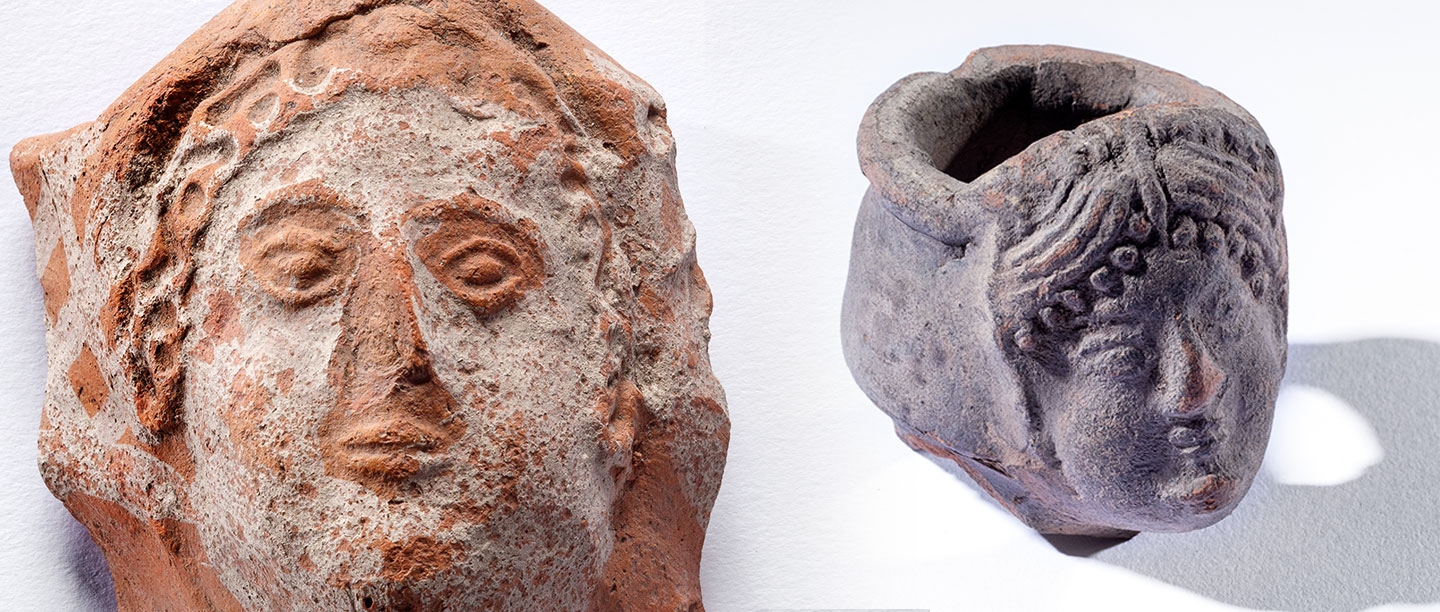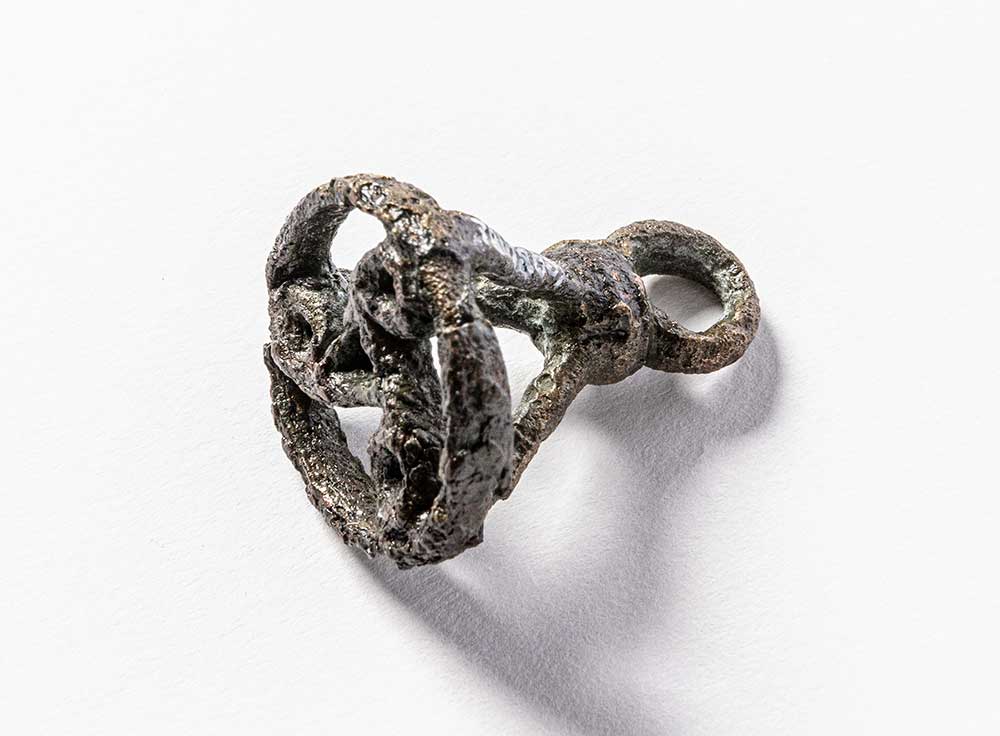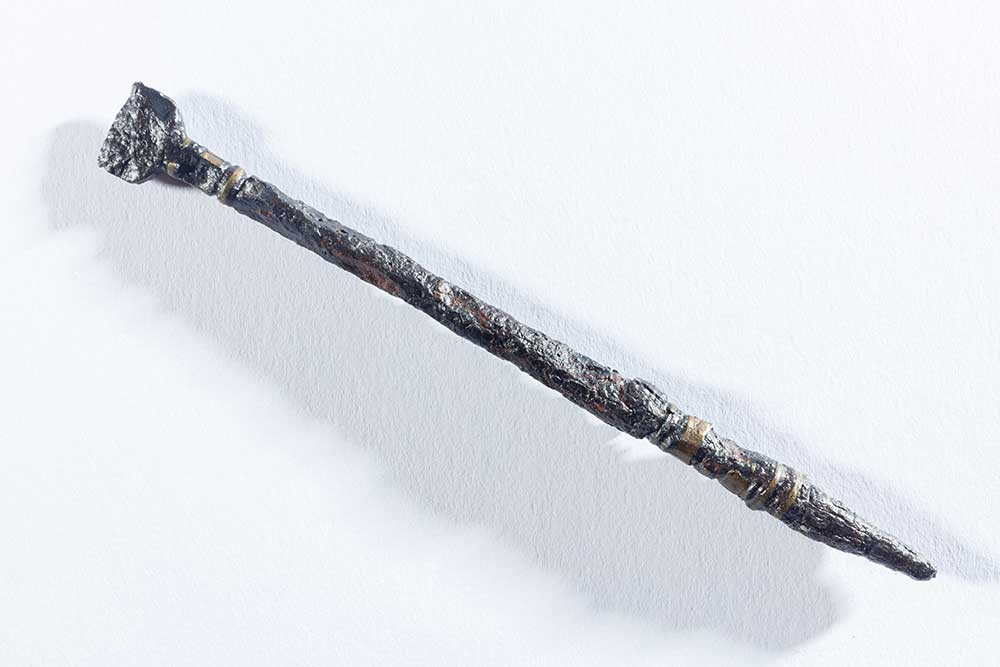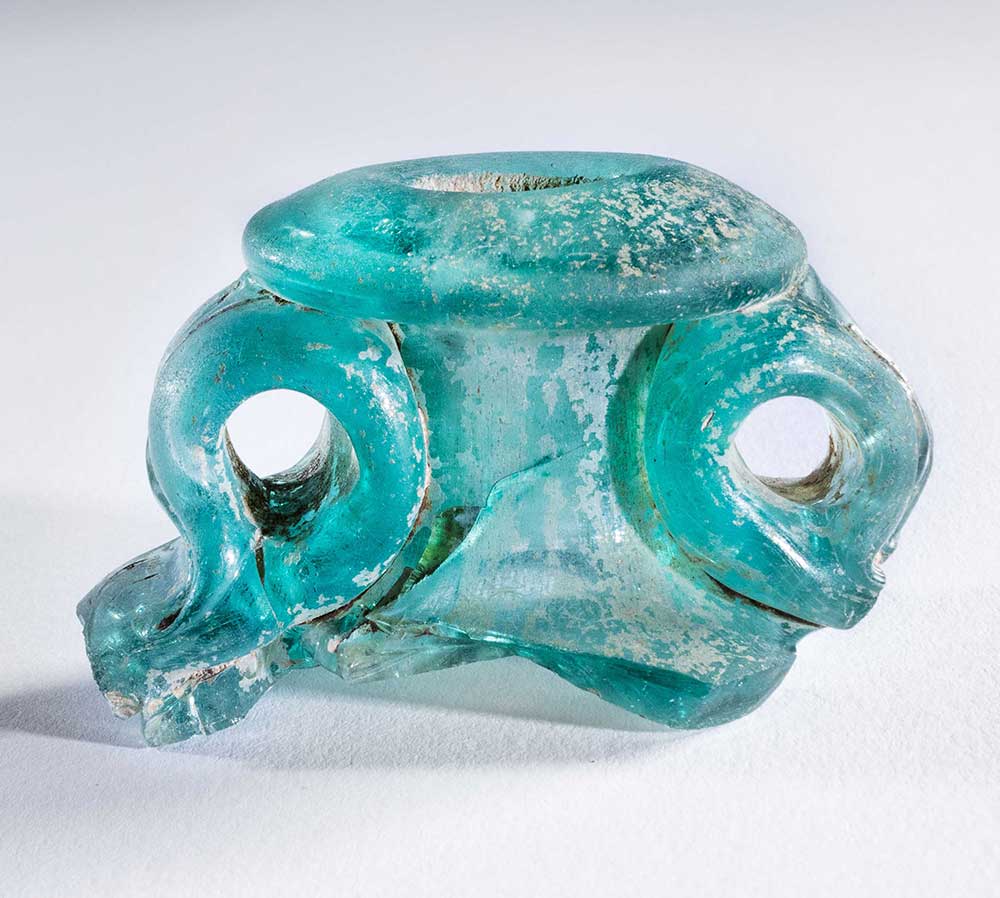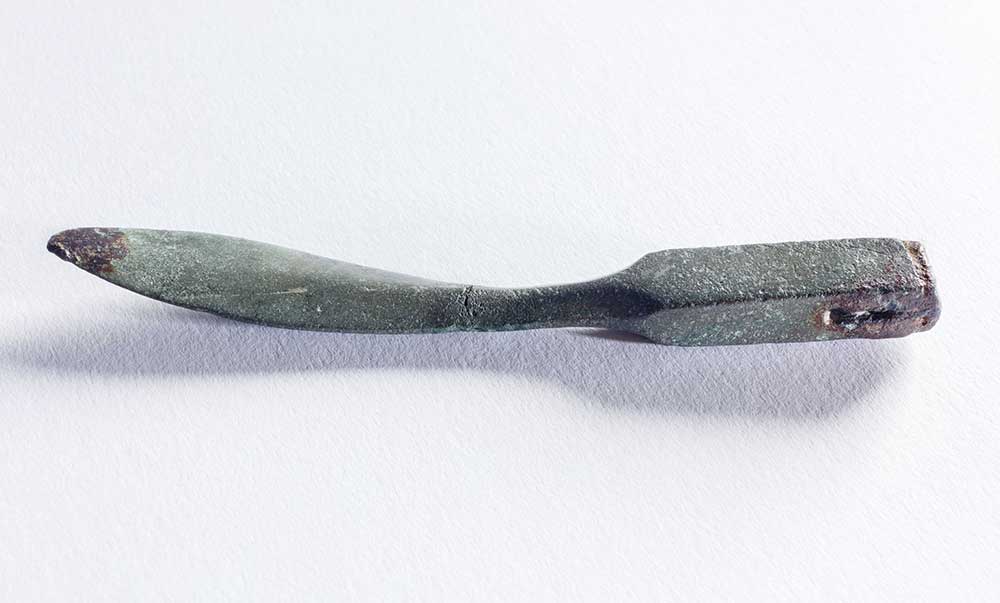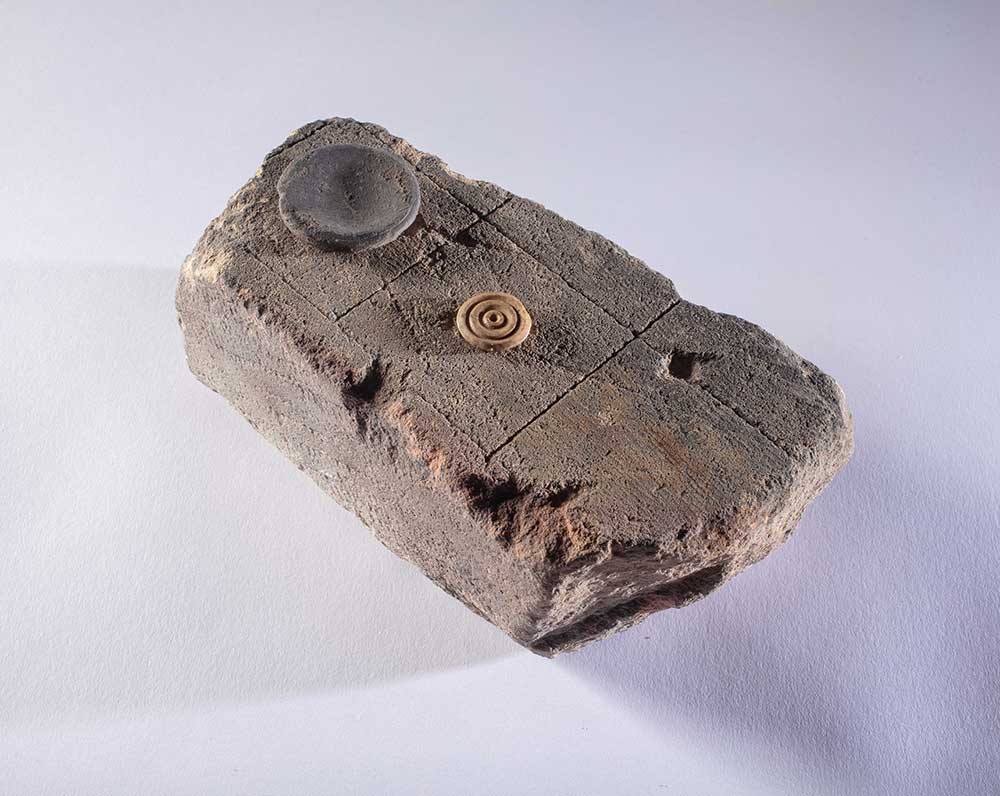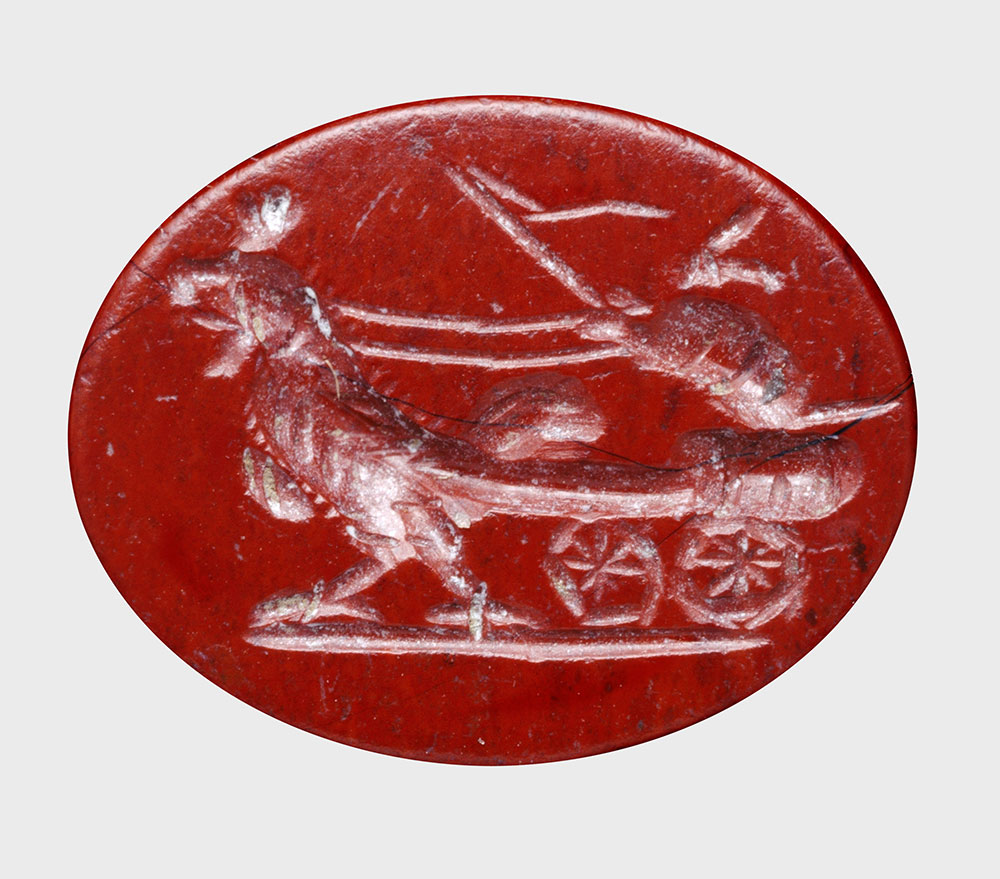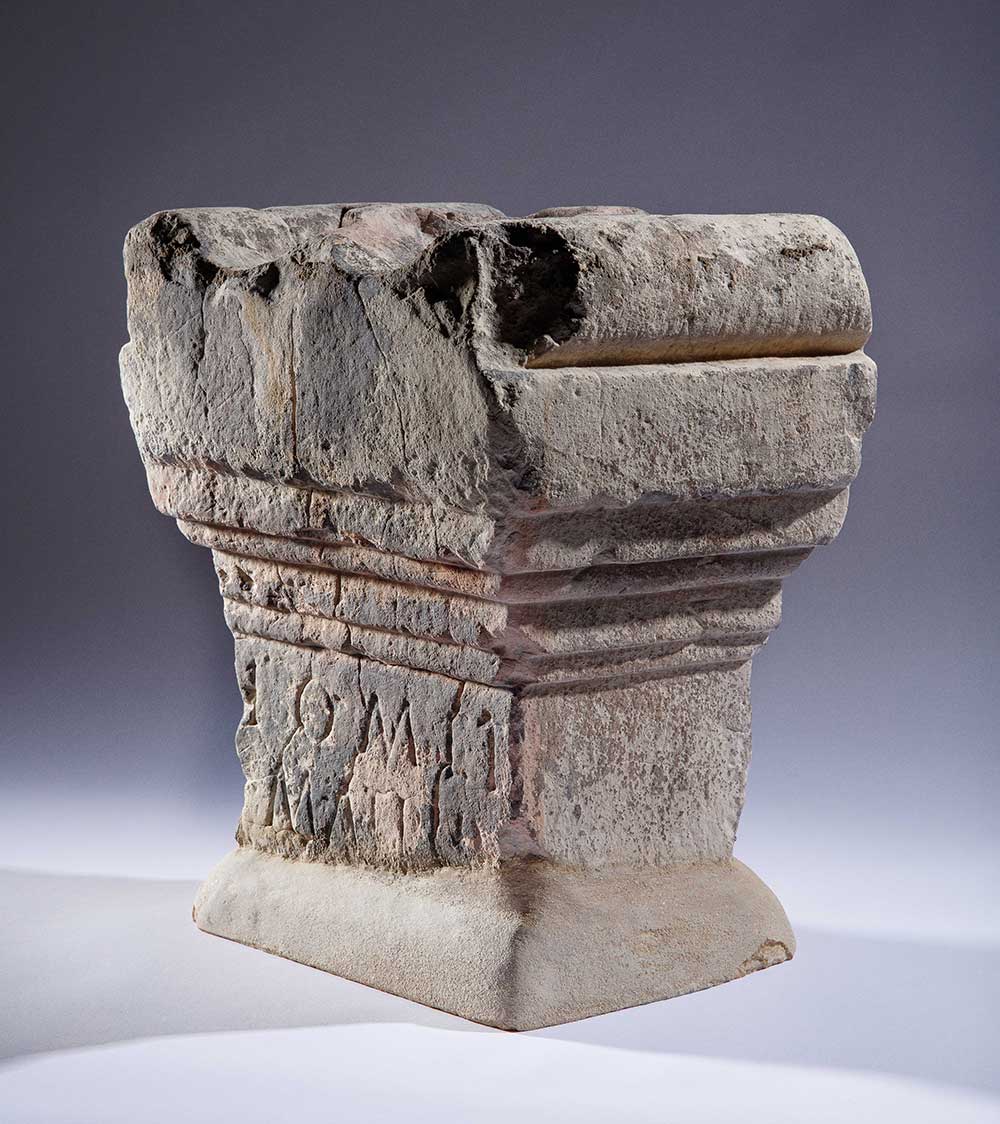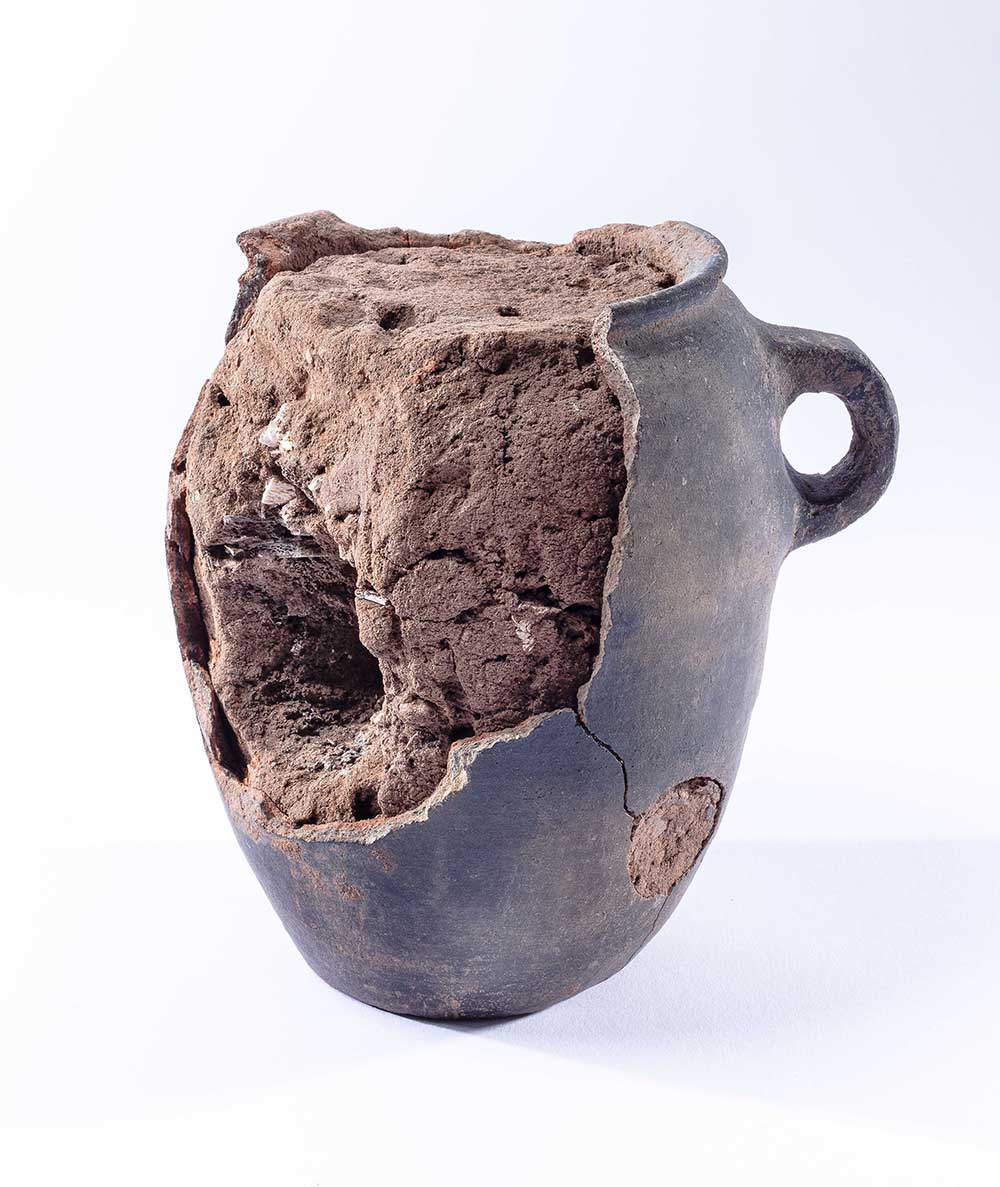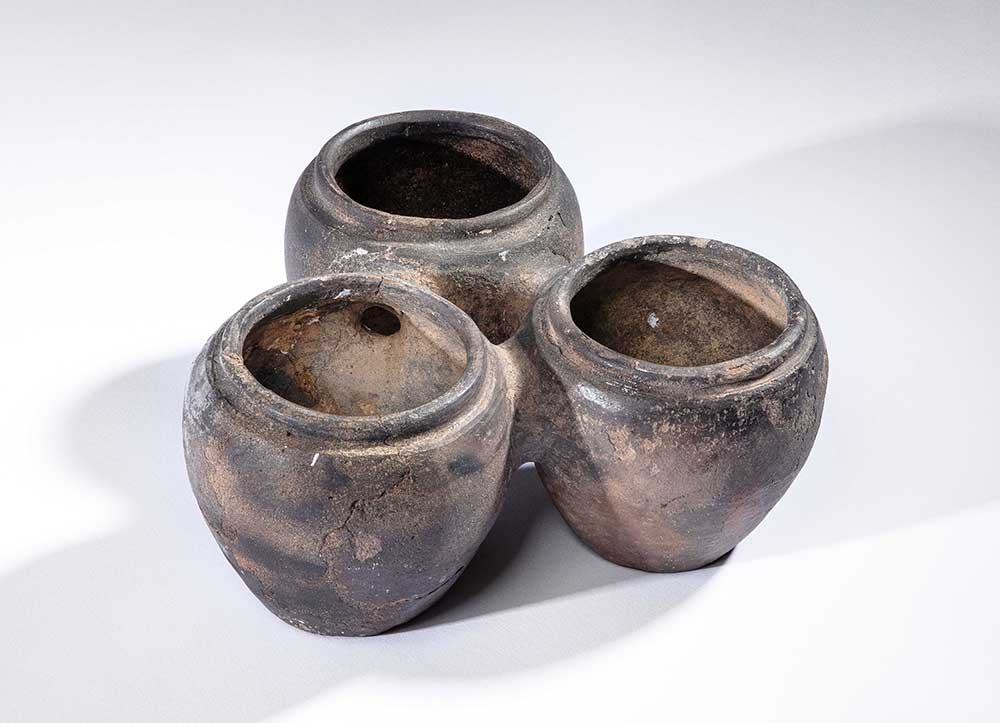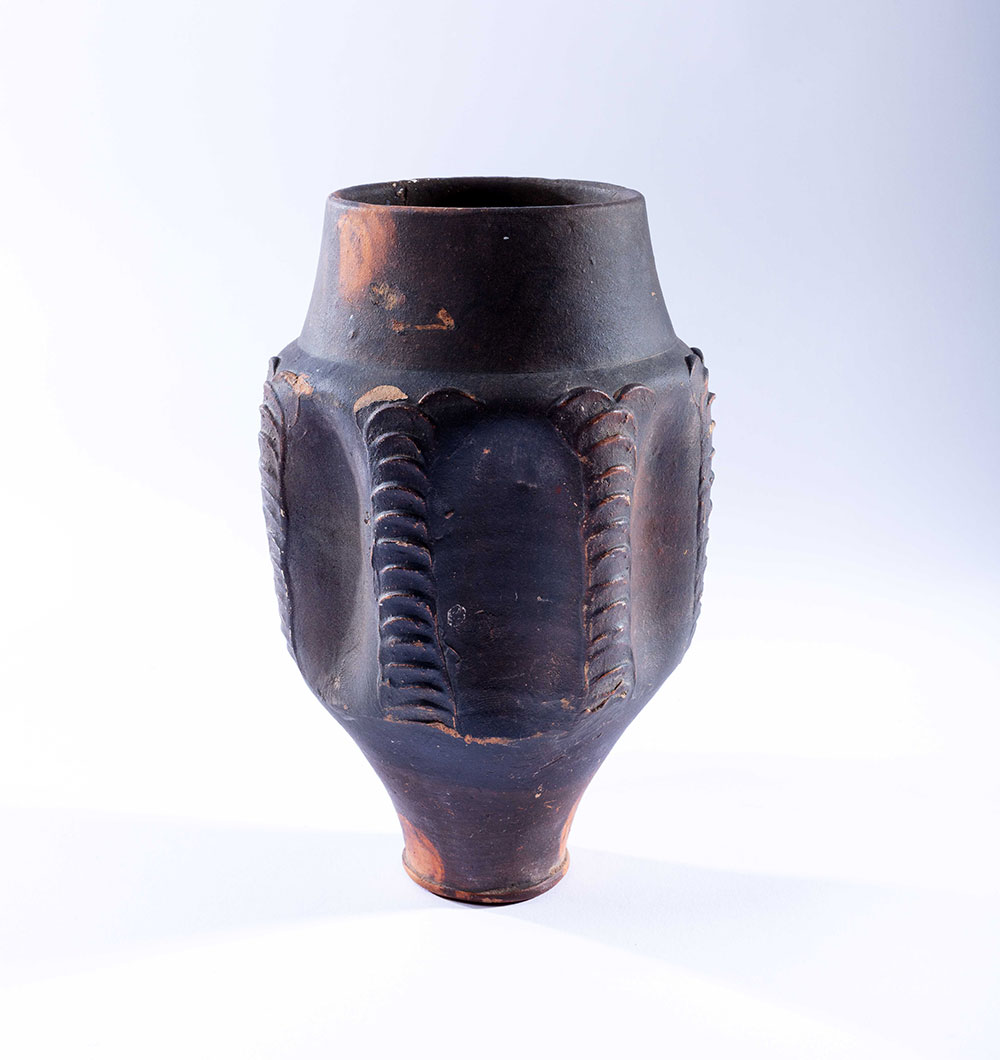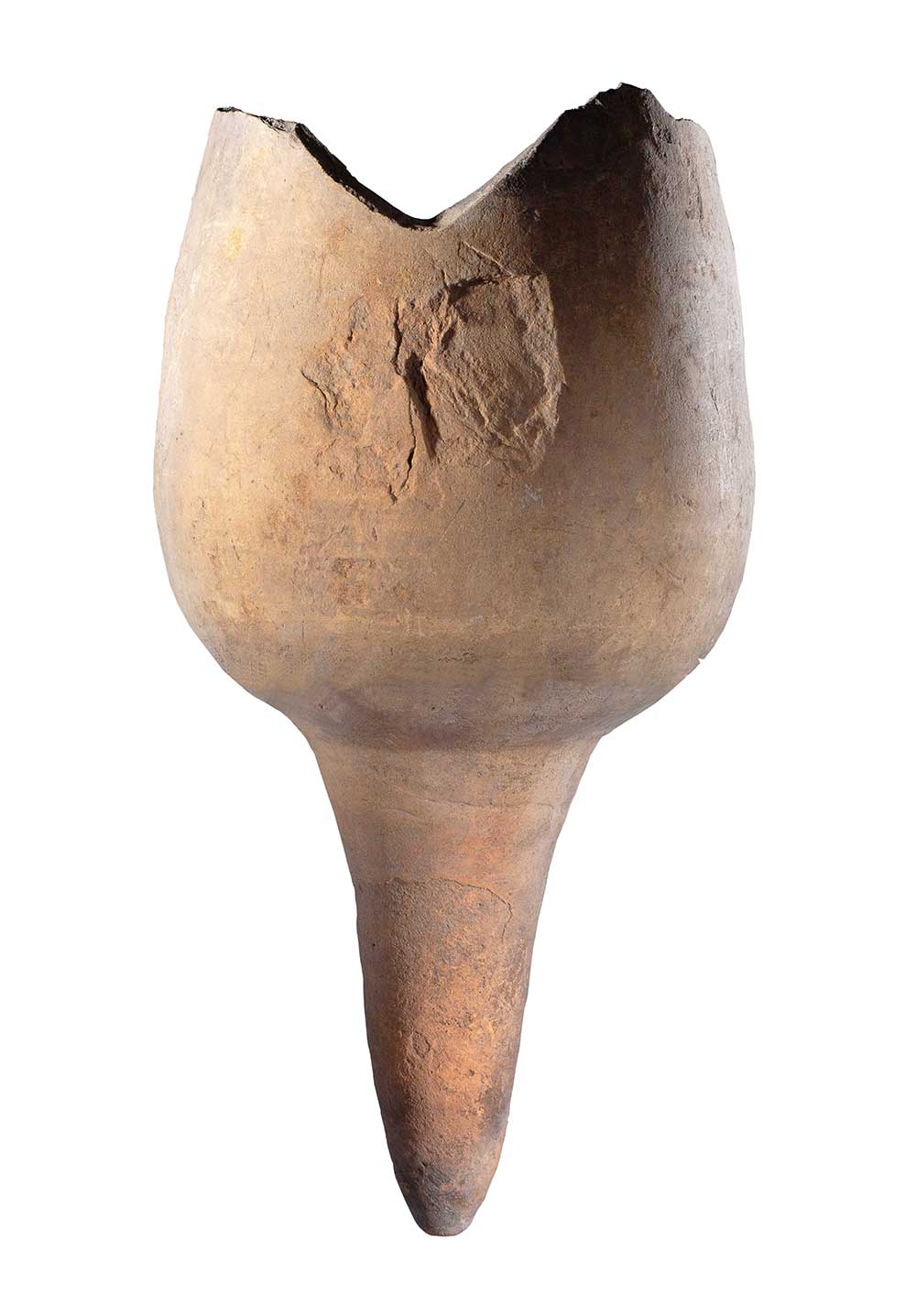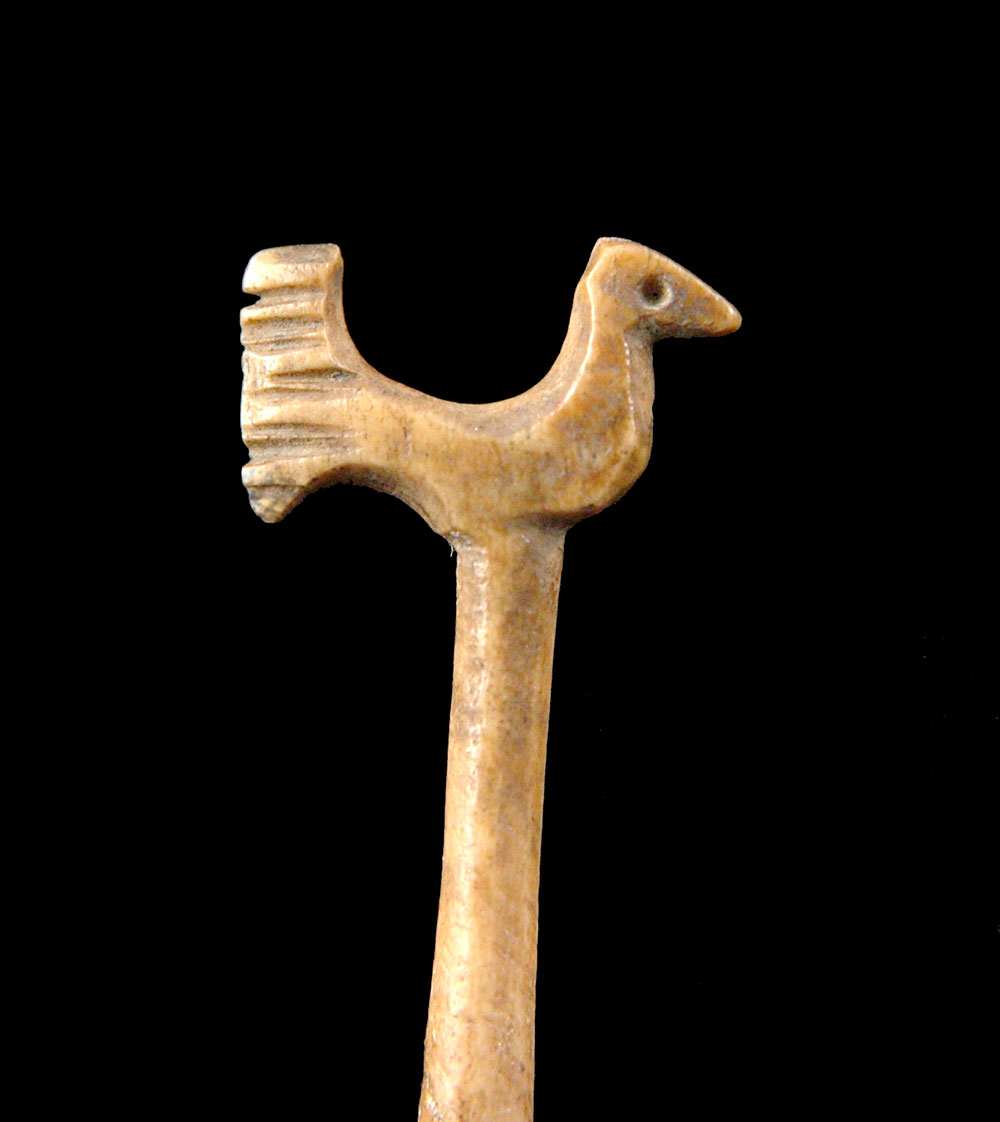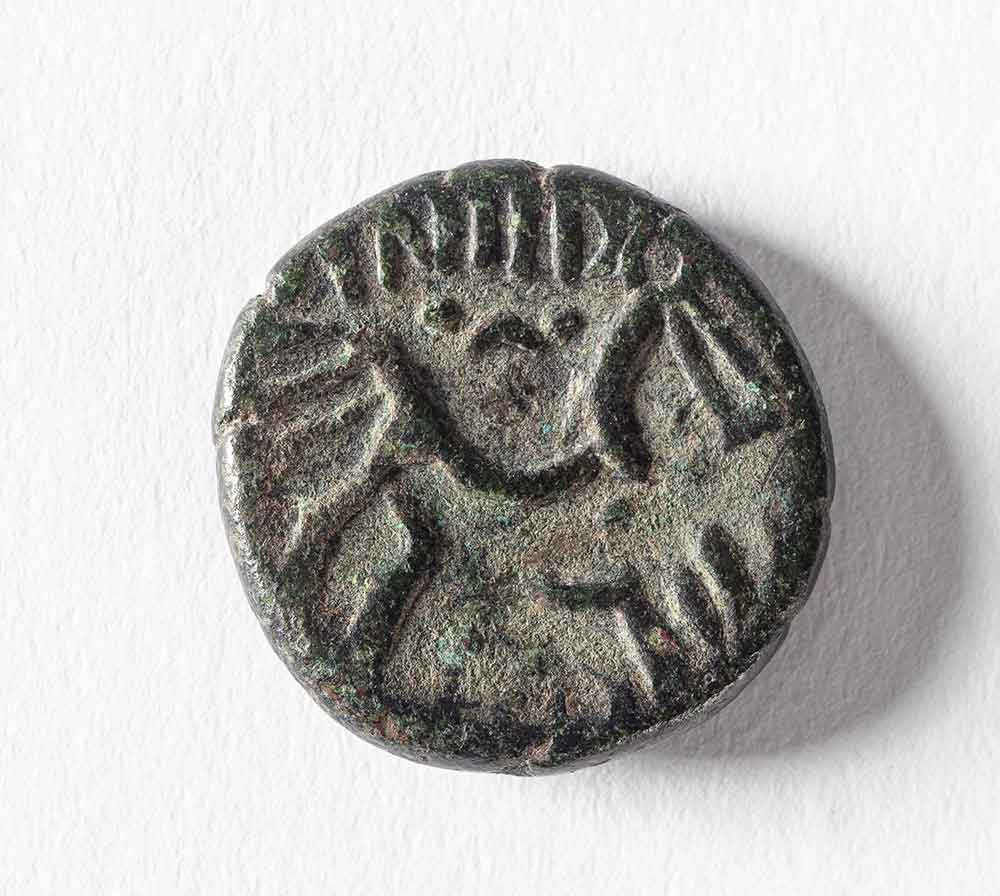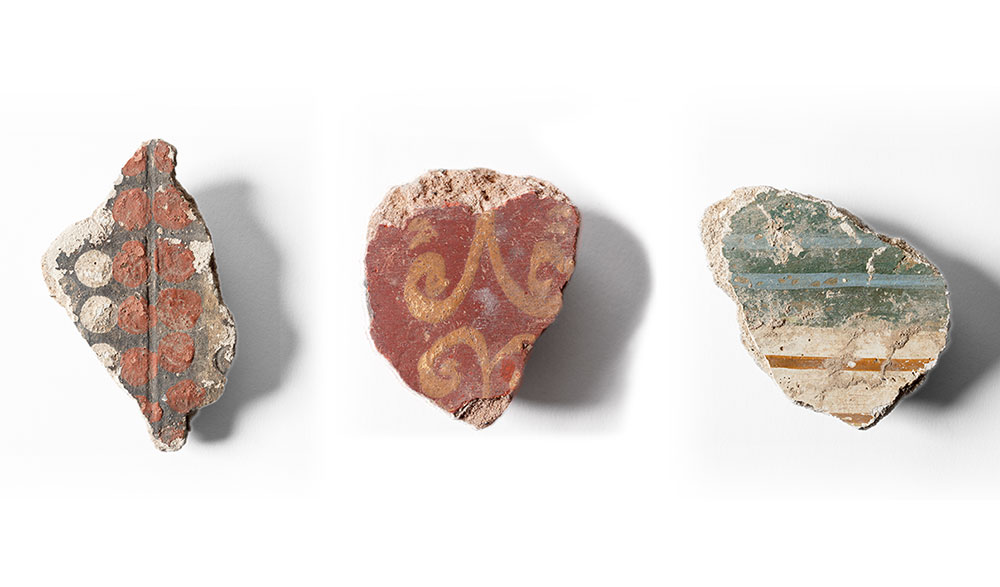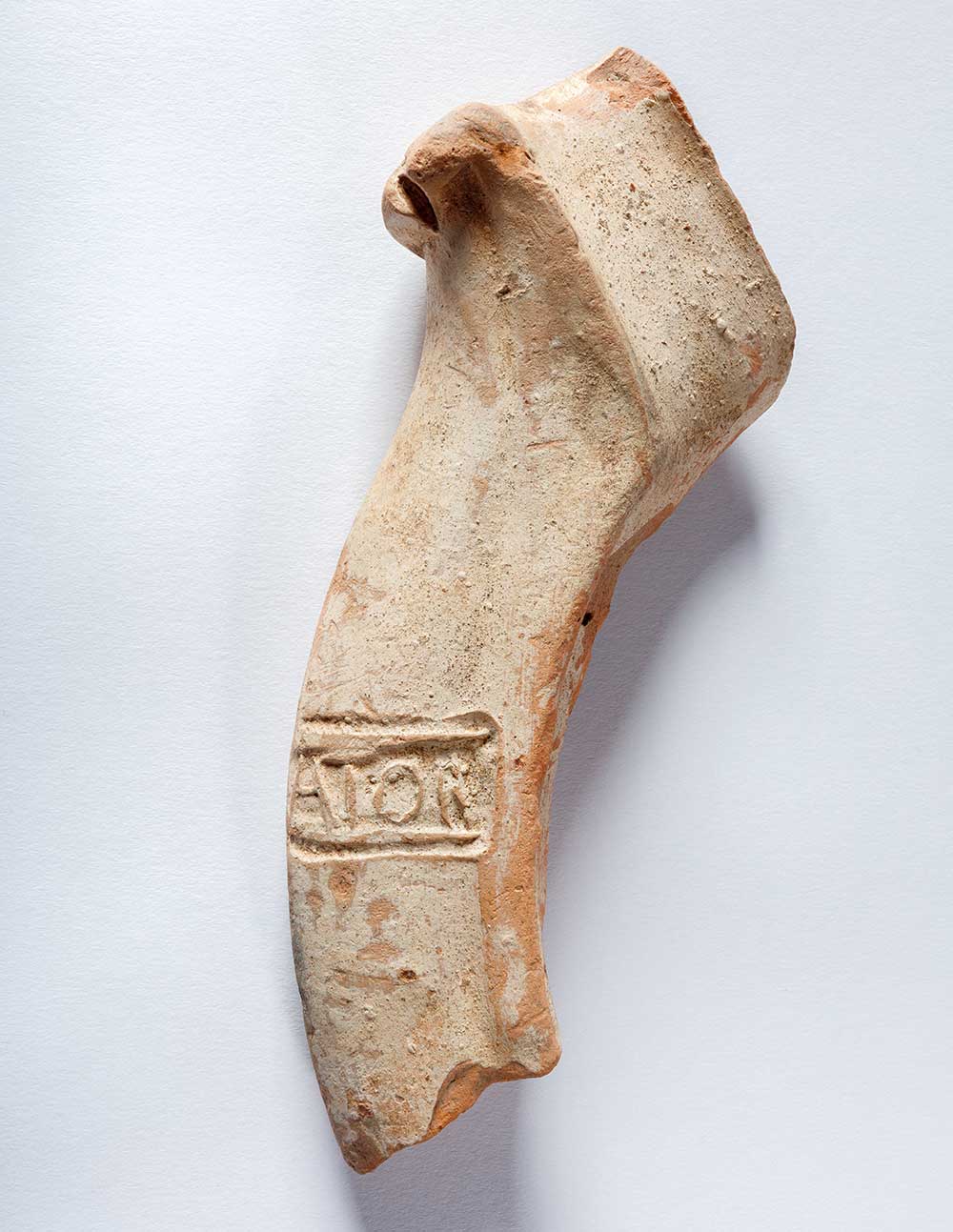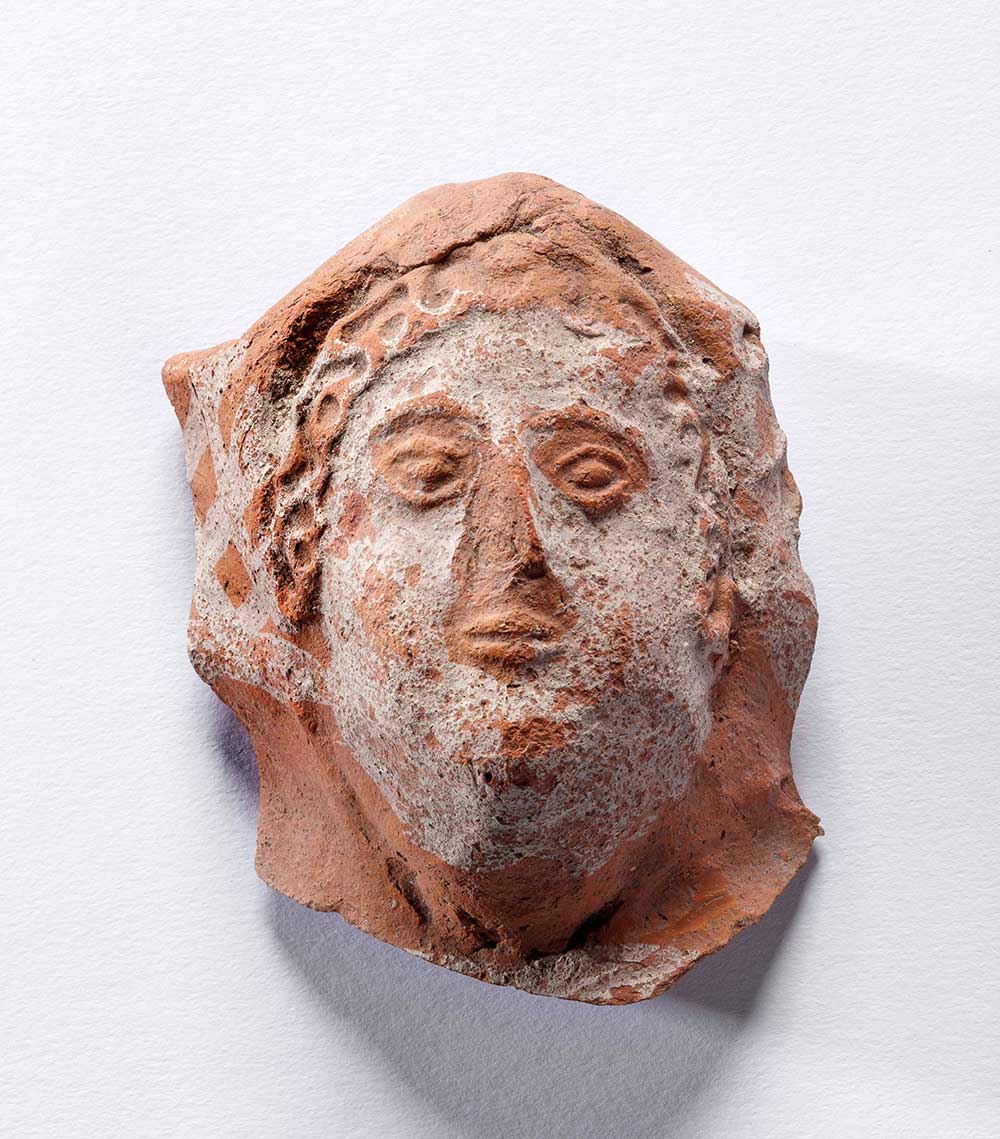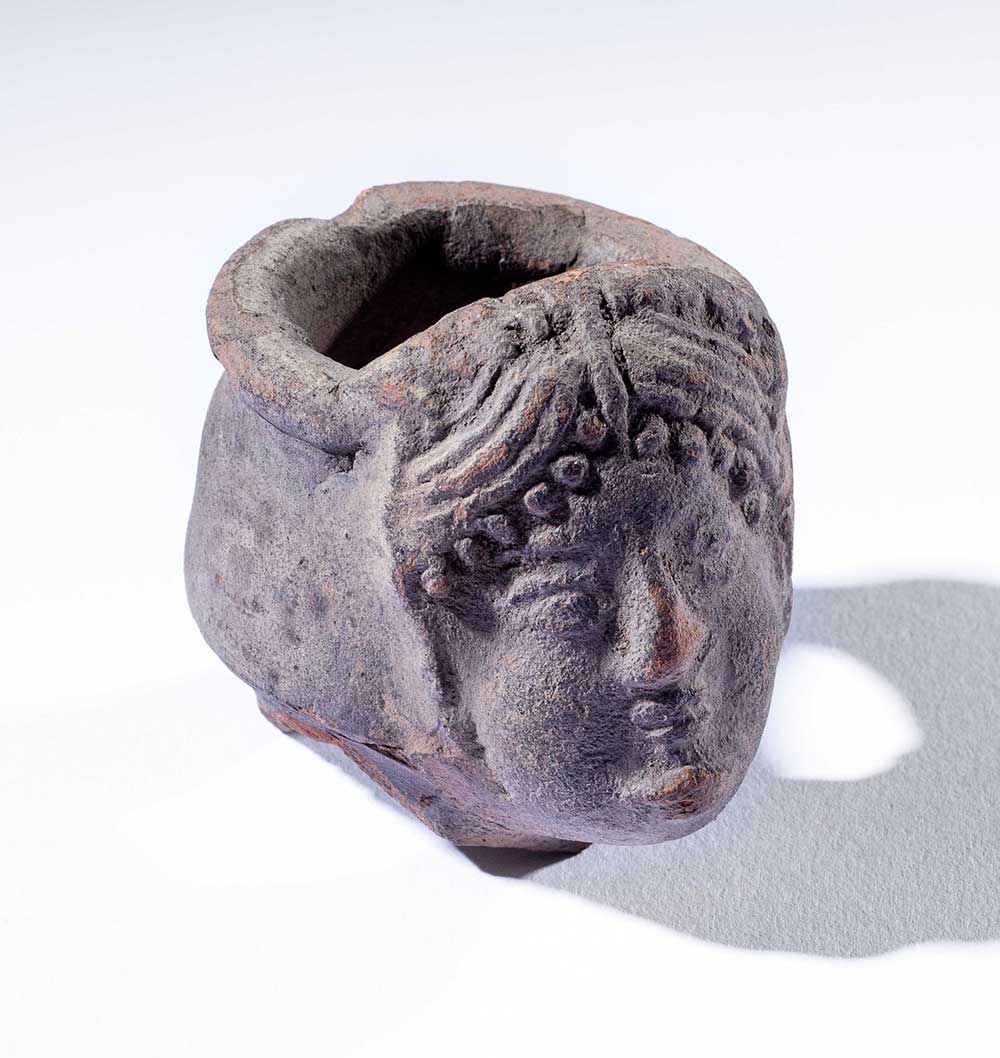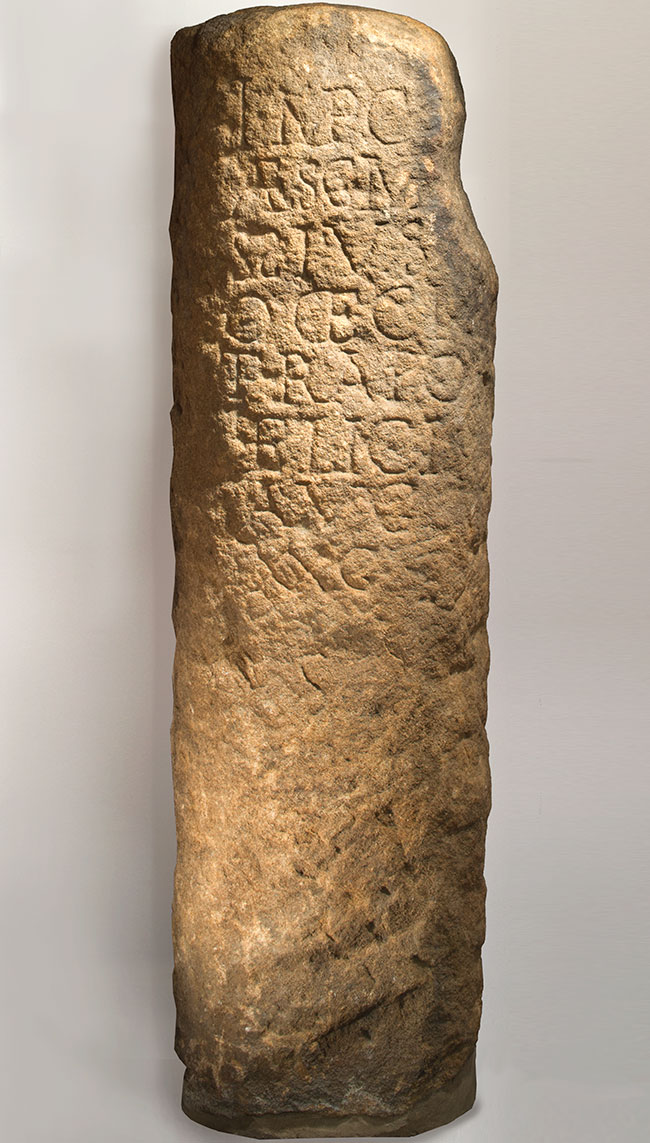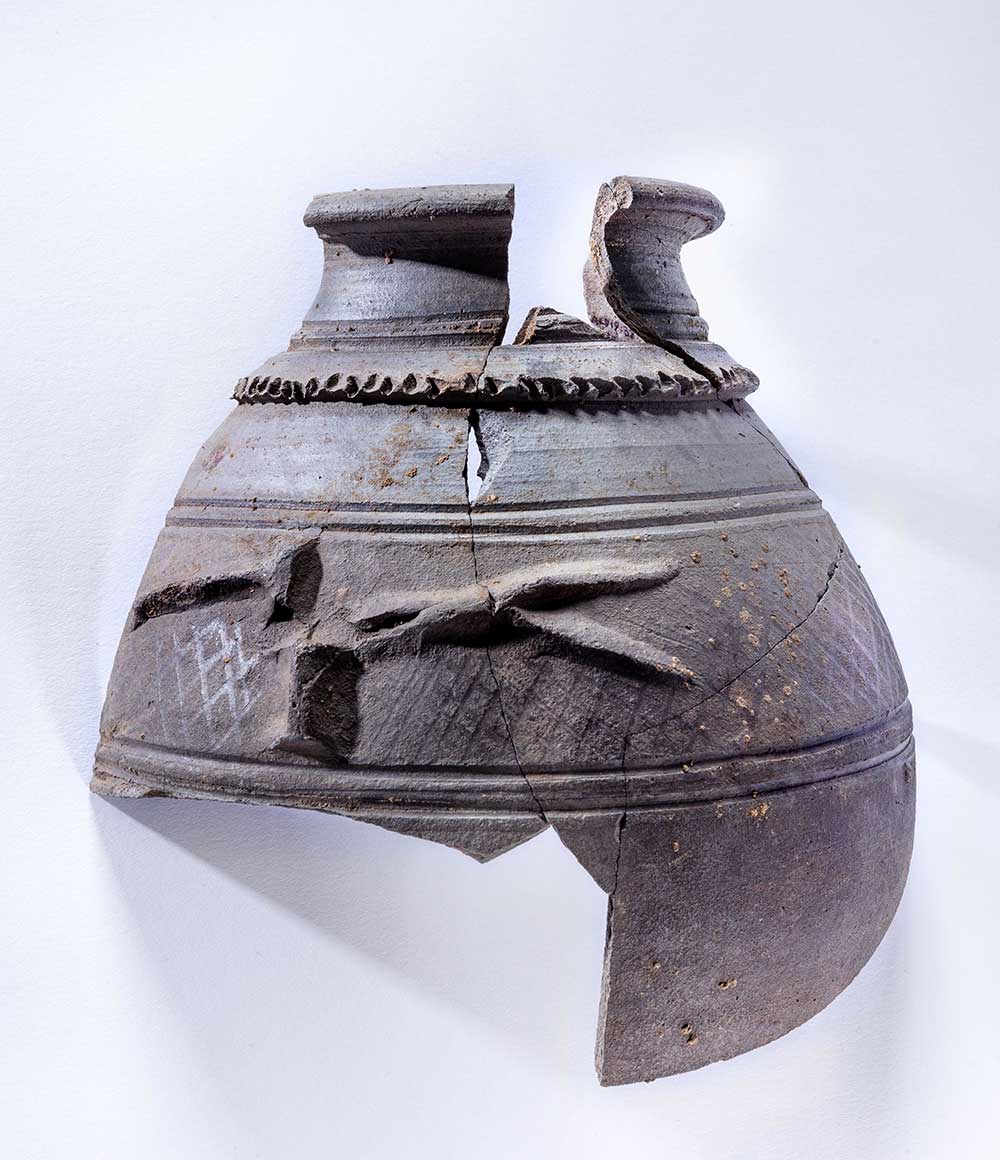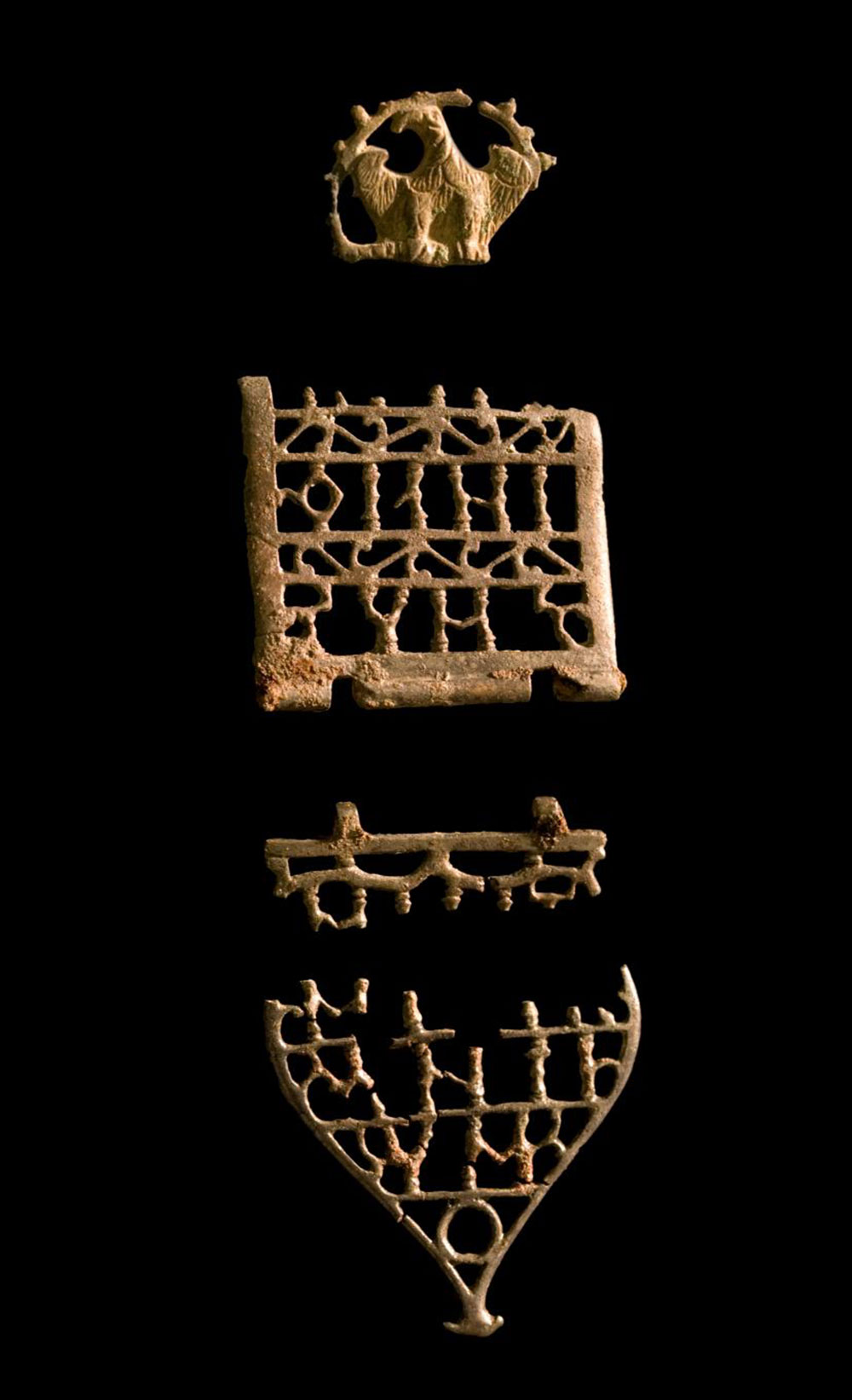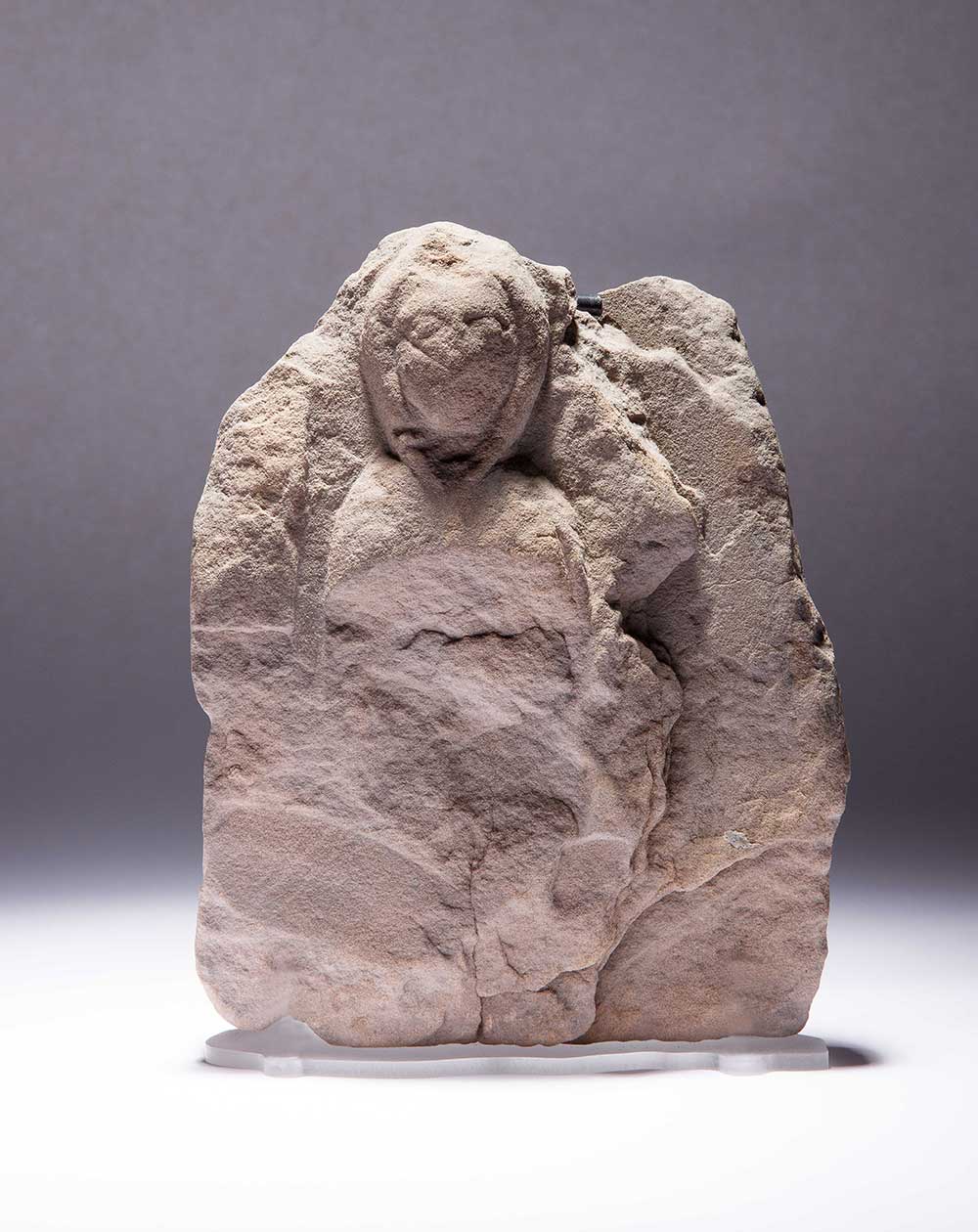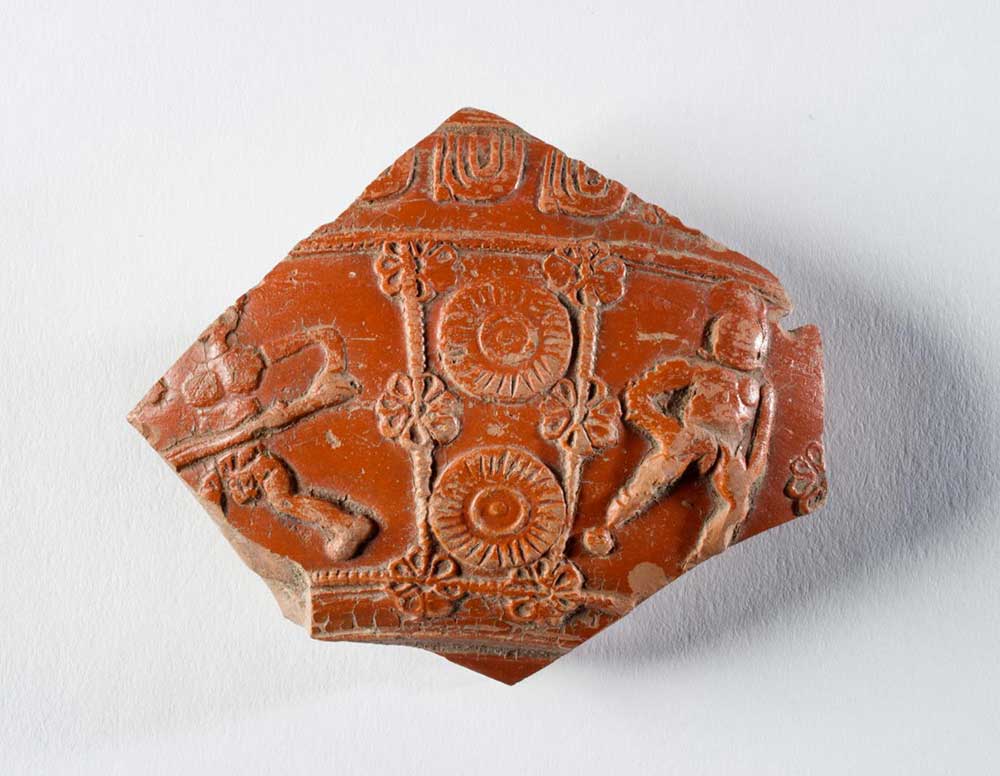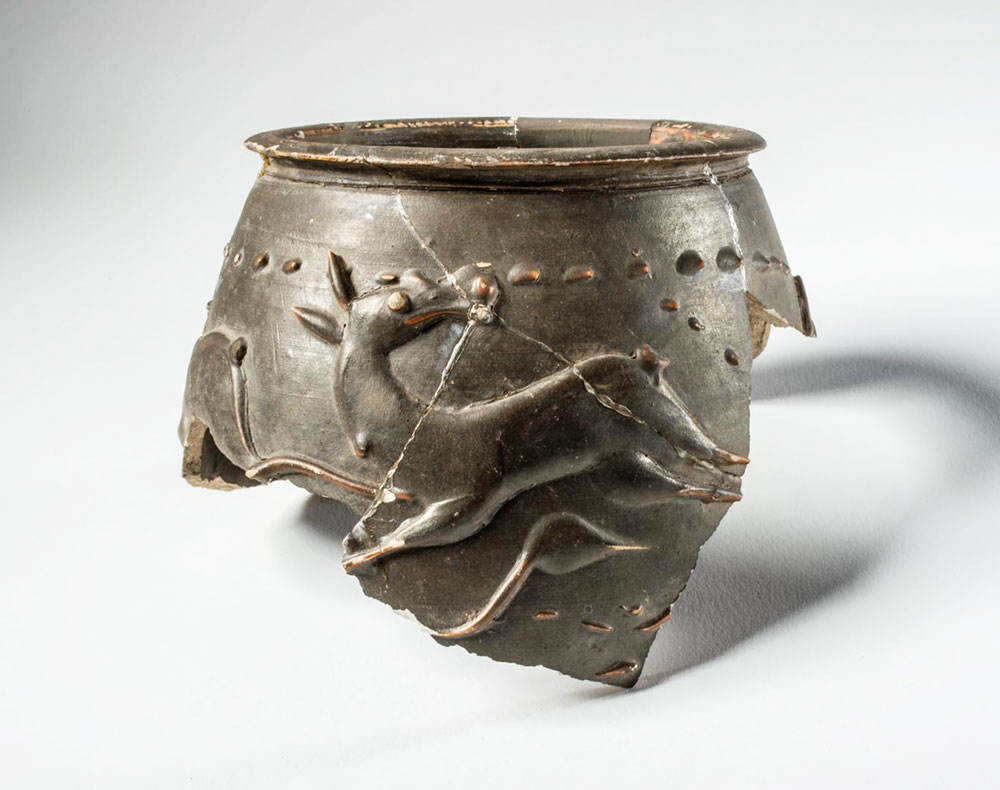Andrew Lawson, who owned much of Aldborough in the 19th century, established its first museum, initially in his house, then in a purpose-built building on the site in 1863. His descendant Lady Lawson-Tancred gifted the museum and its contents to the nation in the 1950s. Since then, the collection has expanded with additions from further excavations and chance finds. A selection of the finds can be viewed at the on-site museum when you visit Aldborough.
Explore more
-
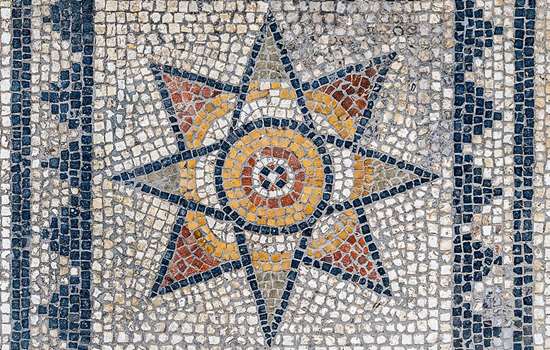
Visit Aldborough Roman Site
Roman remains in a Victorian arboretum
-
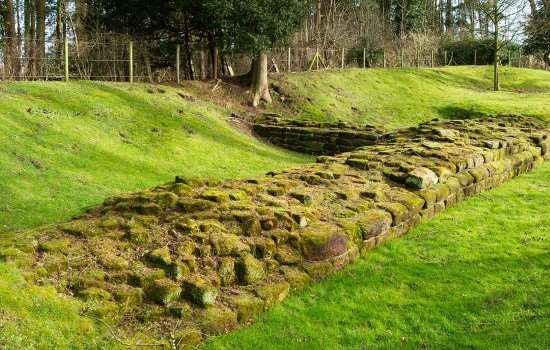
History of Aldborough
Read the history of Aldborough and how it developed from an early settlement into a large bustling Roman town.
-
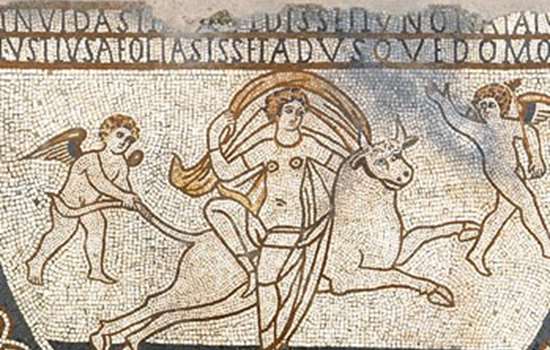
Explore Roman Britain
In this introduction to Roman Britain, learn more about Roman daily life, politics, religion, art and commerce.
-
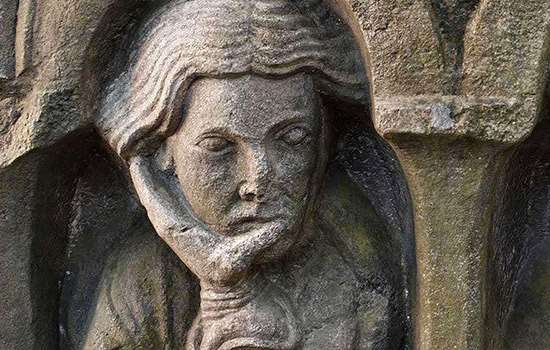
More histories
Delve into our history pages to discover more about our sites, how they have changed over time, and who made them what they are today.
